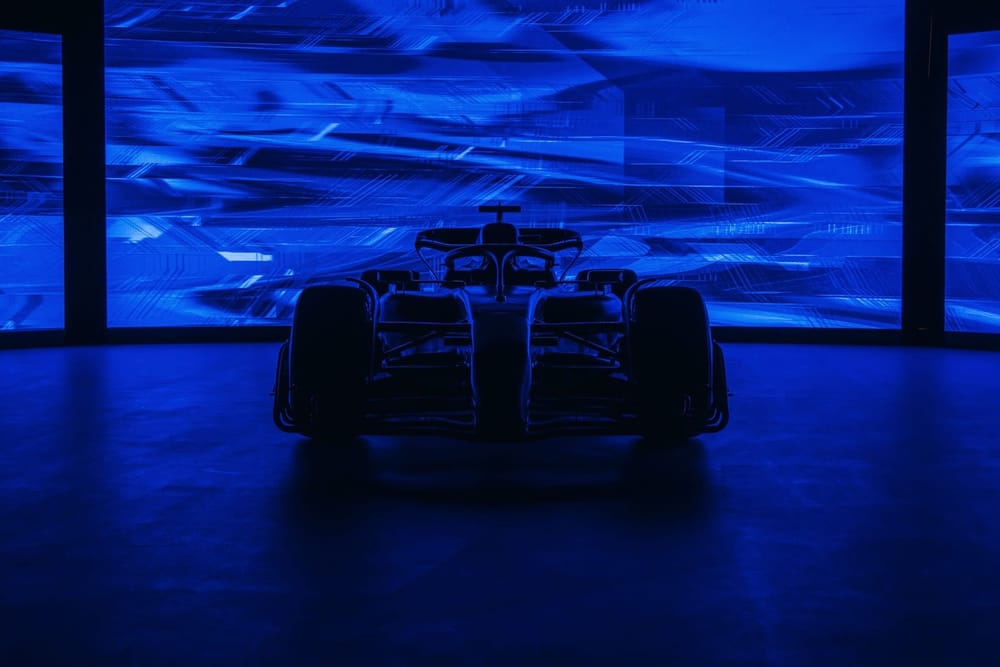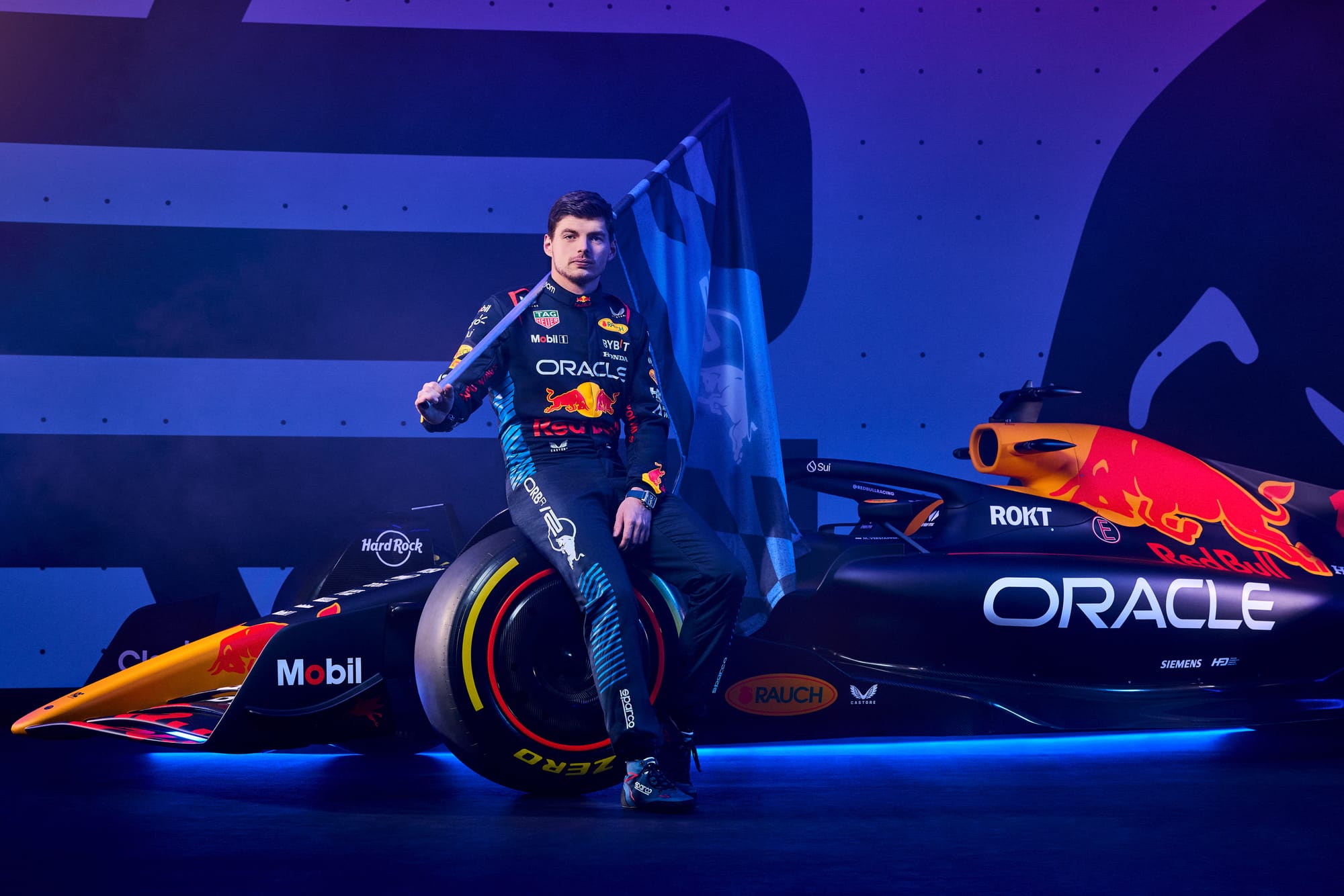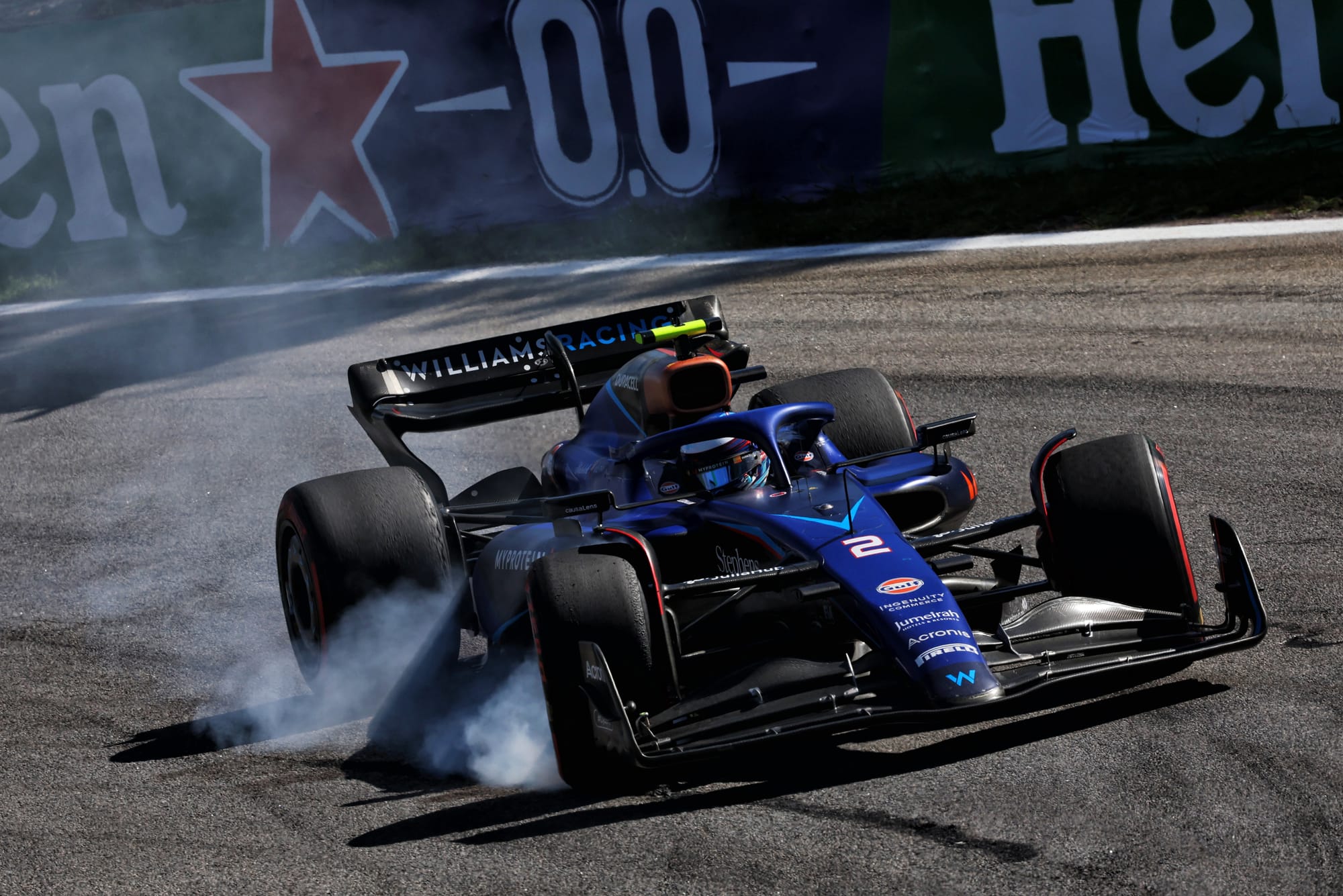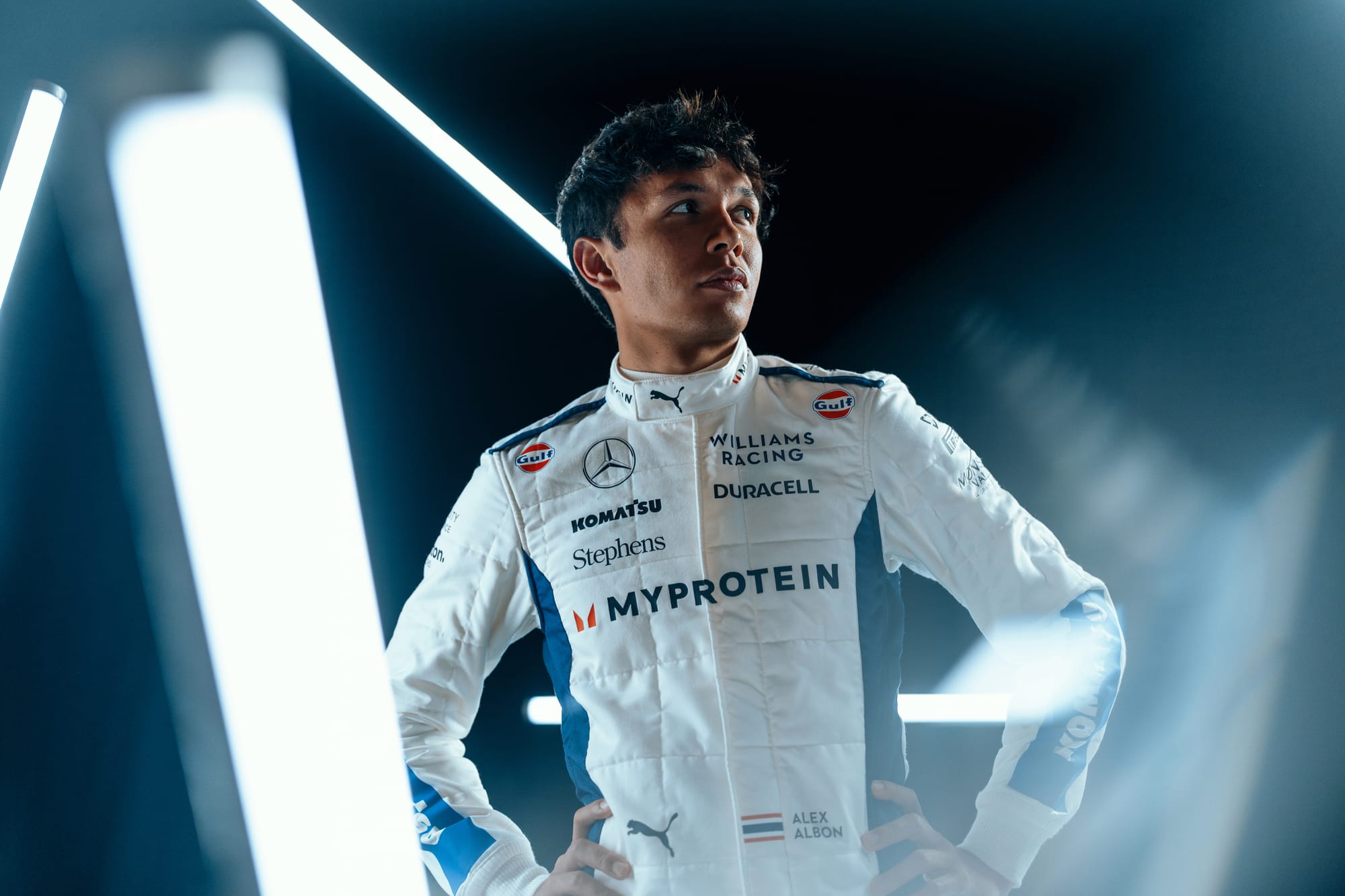Up Next

Williams’s 2024 Formula 1 car is the last to be revealed ahead of pre-season testing as the team has taken a “huge amount of risk” with its conception, which has made it late.
In the last couple of years, Williams would have shaken down its new car at Silverstone by now, in decent time ahead of the new season, but that’s not the case with the FW46. We know what the 2024 Williams will look like in terms of its livery but are still waiting for the real thing.
The FW46 was never going to be part of its season launch. That was scheduled early among the F1 launches so was no great surprise. But there have not even been any renders of the car and it will only run for the first time next Tuesday in Bahrain, the day before testing begins.
This is despite the car being worked on for a very long time - development of the 2023 car was switched off by April last year.
The FW46 is, team boss James Vowles admits, late. It has been put down to what Vowles calls “absolutely enormous” changes to how the team has conceived and developed its chassis and other key parts of the car, which he says “breaks” the team’s outdated technology cycles.
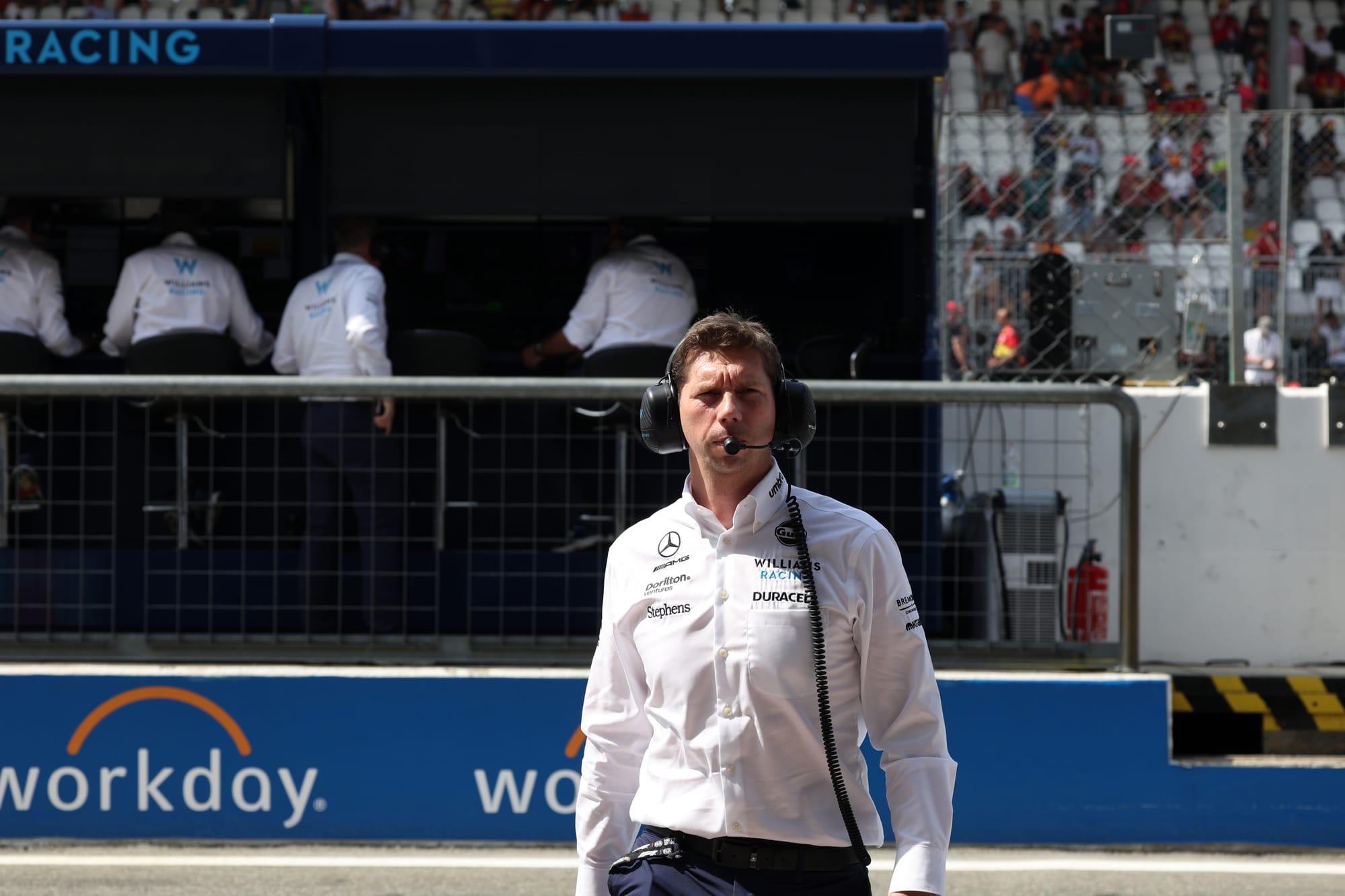
Since Vowles joined from Mercedes last year he has preached how Williams needs better equipment and also must massively evolve how it works to go along with that.
He believes that is vital to becoming a team more fit for purpose in F1’s modern era and reckons that’s been embraced in the FW46, the first Williams designed under his leadership. Vowles is happy with how the new car fits into that bigger picture but admits that the 2024 car is late as a result.
“What we were doing with this car is pushing everything to the limits,” Vowles says.
“And to give you ideas about that, the chassis technology is different, some of the other technologies are quite different to what we've done before.
“Those changes are enormous for an organisation, absolutely enormous. Some of those have challenged us to push ourselves beyond where we wanted to be.
“You simply can't do everything at the same time, you can't change what you're doing and break technology cycles, and put yourself in a much better performance situation, without taking an enormous amount of risk.
“And we have, but there's no doubt about it having the car where we have it now, and you'll see it in Bahrain, is late.”
It is at least not sounding like a repeat of Williams’s disastrous 2019 preparation when its car missed the start of testing, was terribly slow, and even had some illegal parts on it.
Vowles has suggested Williams could potentially run the FW46 on track sooner than a Bahrain shakedown on the eve of the pre-season test, but is instead prioritising more virtual testing as Vowles is wary of wasting time by running it at a cold, wet Silverstone.
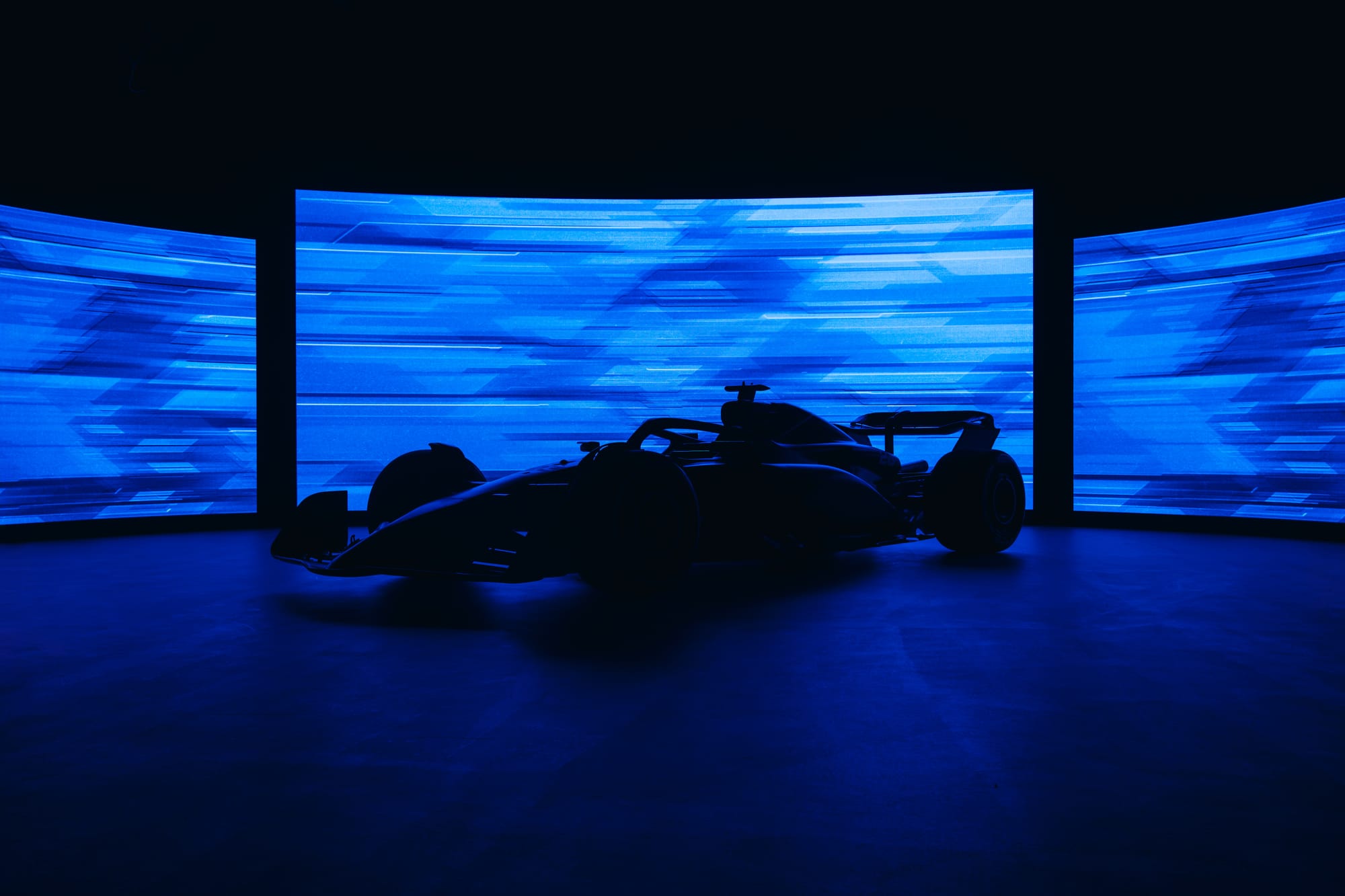
“We could easily have run down there,” he says. “But there was a balance between doing the virtual track test and Silverstone.
“A bit of it is we've pushed ourselves to the absolute limits, a bit of it is actually I believe far more in doing other testing, if you'd like to call it that, and then use Bahrain as the opportunity to get started.”
The FW46 should be a departure from its predecessor not just in what Vowles refers to as the “technologies” used to conceive and develop it, but in how it drives on track.
Williams has had specific weaknesses in recent seasons that it has only made modest progress in addressing, leaving it at its most competitive on tracks with long straights and corners that require straightline braking. Long, high-speed corners that ask a lot of the car’s aerodynamics, and low-speed ones that require a combination of steering lock and braking, have tended to be where Williams has struggled.
Vowles said the FW45 had a “very spiteful” behaviour that undermined a reasonable base package. Both drivers have talked up the characteristics changing based on what they have experienced in the simulator.
“Definitely in the simulator you can see these areas are improved, but that comes from a different driving style,” says Alex Albon.
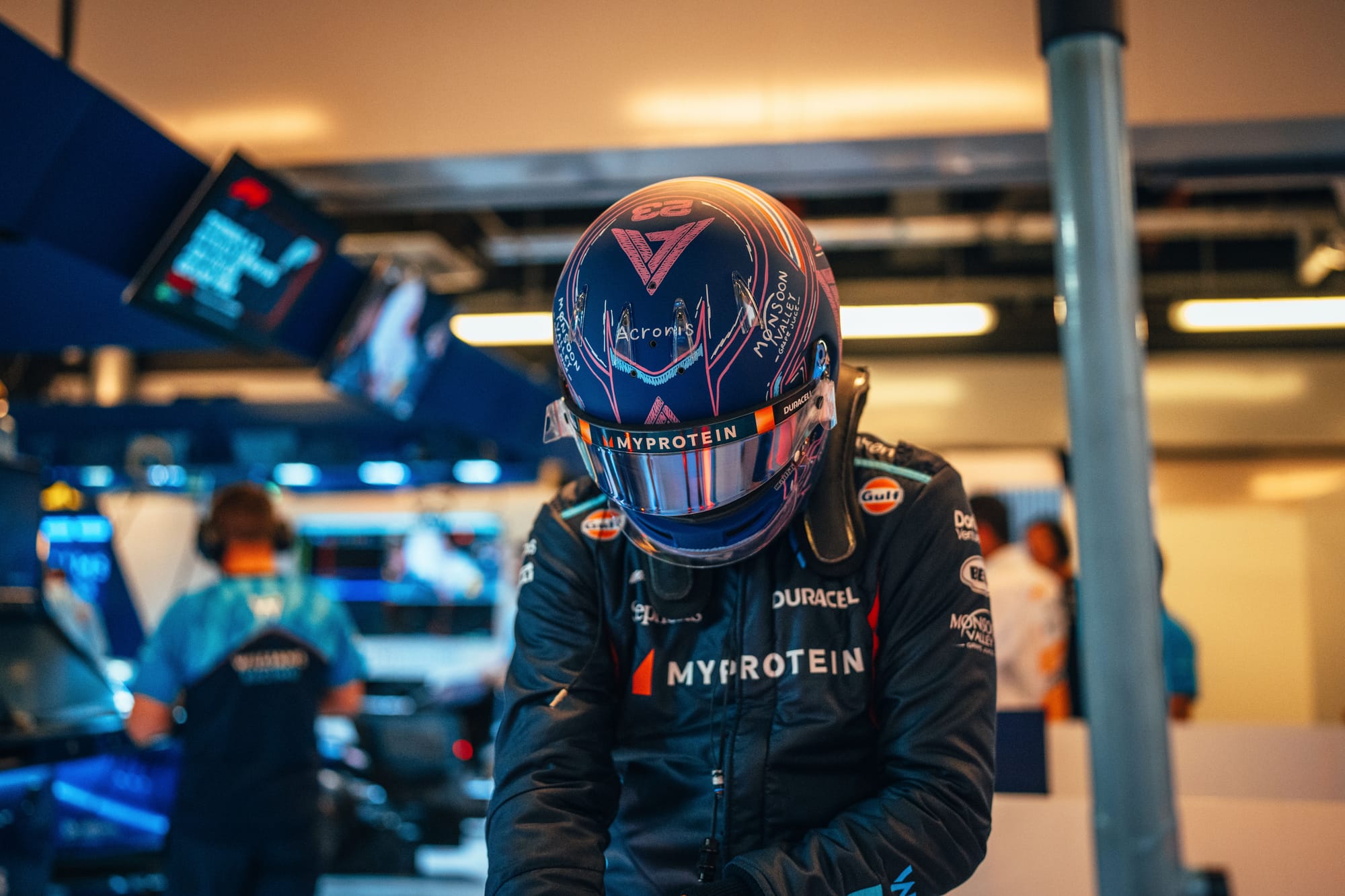
The hope is that the FW46 will be a more well-rounded car that is better suited to different tracks and corner profiles. Vowles describes Williams as a “pain in the neck to get past last year” but knows that will only take the team so far.
He says Williams needed to focus on vehicle dynamics, vehicle performance and aerodynamics to produce a new base for the 2024 car, and have design conversations without one department feeling burdened by the weight of the car’s performance.
That has also fed into his wider ethos that he has asked Williams to buy into.
“The base package wasn’t bad, it's just marred by a number of other things,” Vowles says.
“A lot of the focus we've put on is making sure that we understand what those are, put science to it, understand what's moving it and what's not, use simulation technology to understand how to replicate.
“And once replicated, make significant changes - and they are significant - to how we develop the car aerodynamically in order to overcome that. And it's not just aerodynamics it’s probably three or four areas coming into it.
“I made it clear to the organisation that the weight of failure will rest on my shoulders.
“I don't want anyone to be restrained by a fear of failure, I don't want anyone to be restrained by a fear of pushing outside the boundaries of what we're comfortable.
“[I told them] now's the time, and you have my support, to break what you know, and start again, and go back to the fundamentals and get them right.
“All too often, it is too easy to do something you feel comfortable with and therefore you only move the car a small percent forwards.
“We pushed things right to the limit and very late, there's no doubt about it. And there are times where I don't mind admitting I wasn't sleeping for probably days at a time, because the weight of 1000 people falls on your shoulders.
“But I'm confident that what we are doing is right for the future.”

